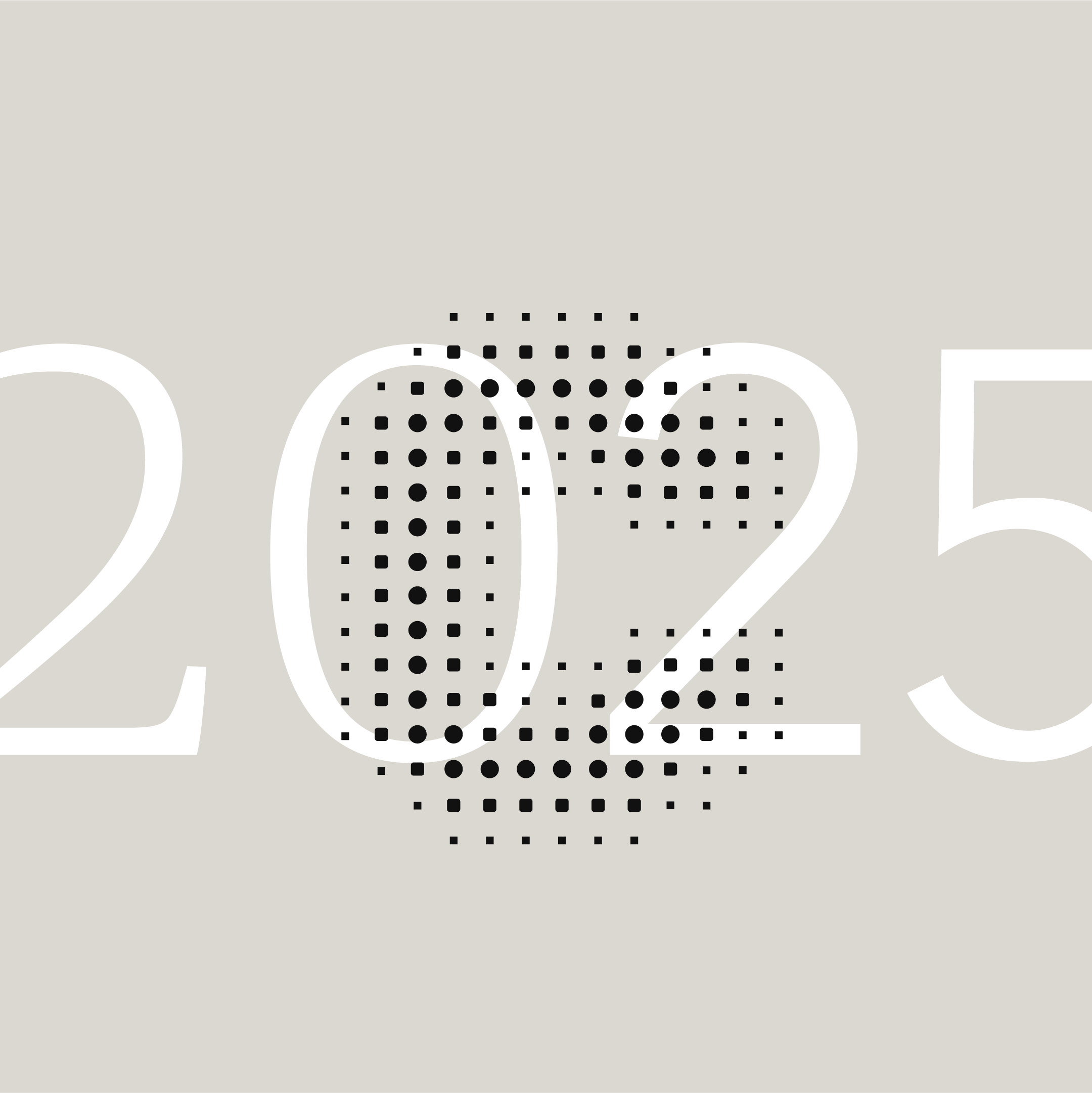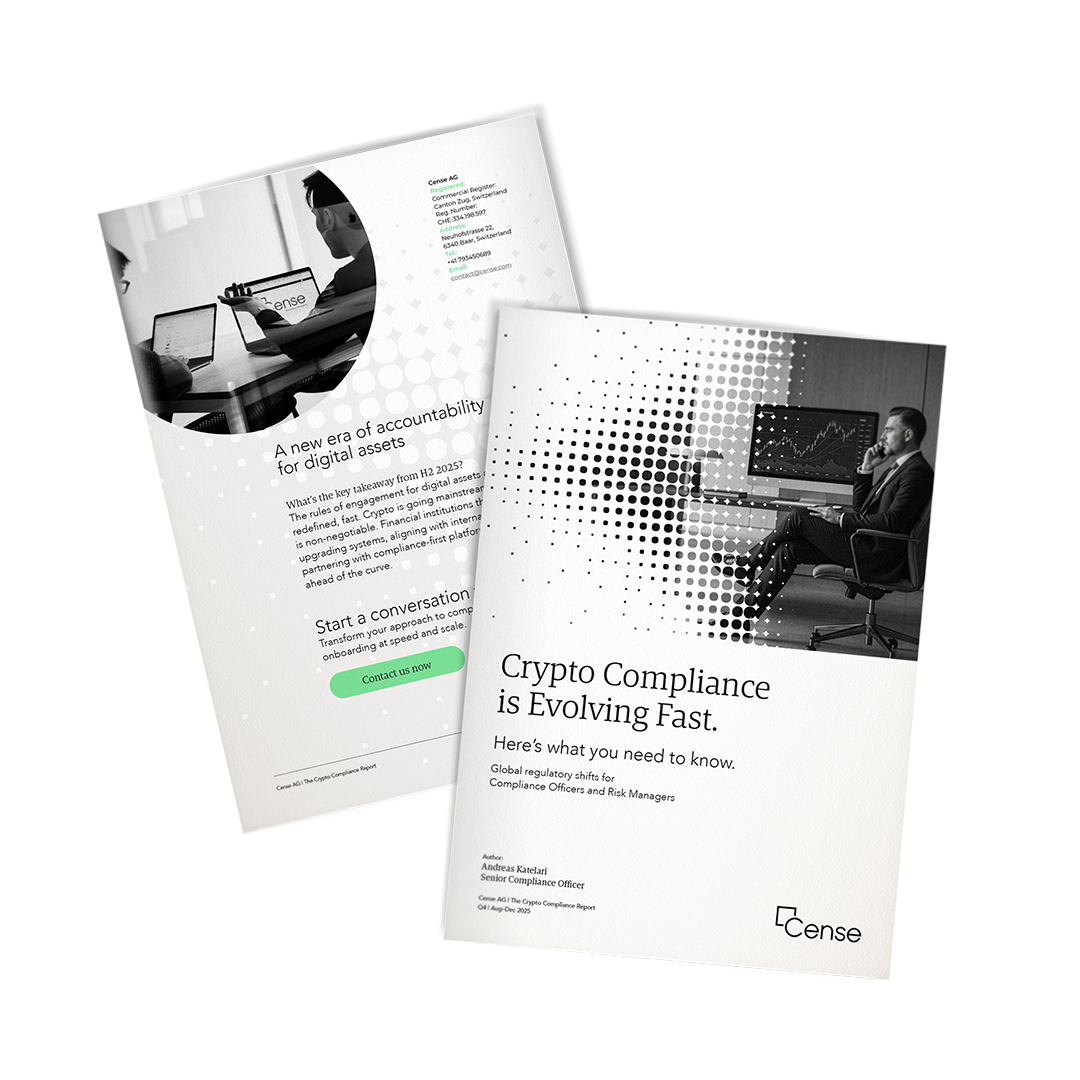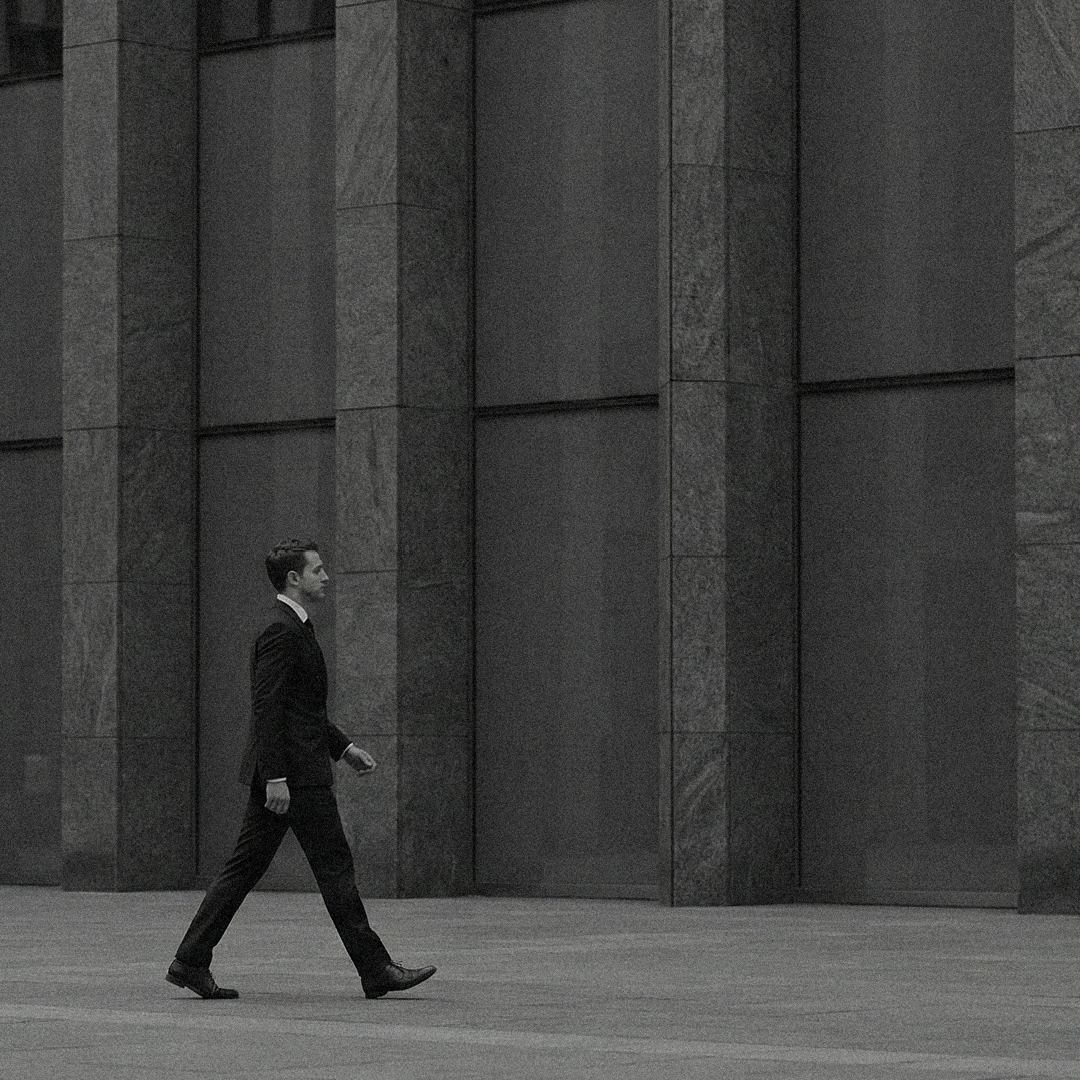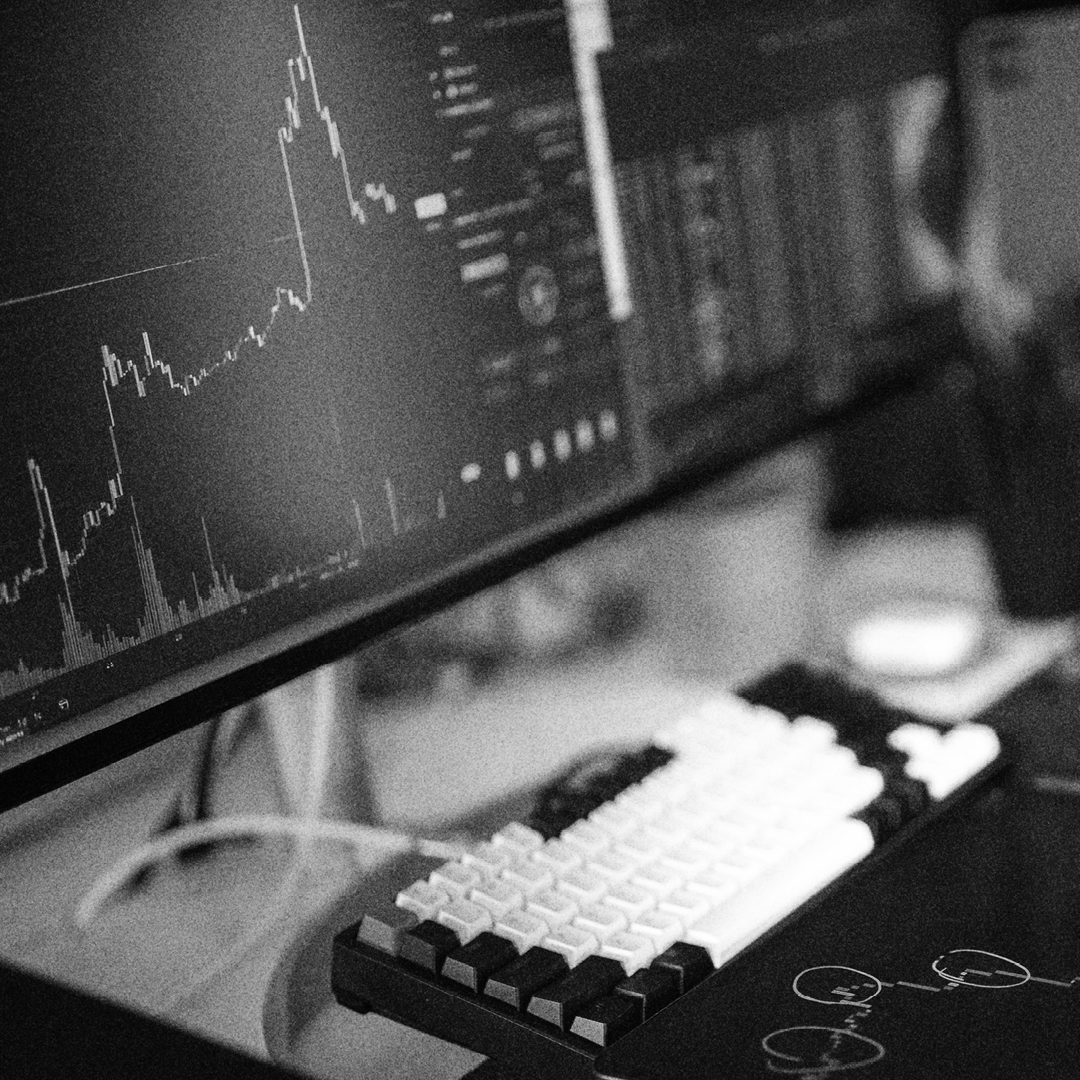Illicit Money In, Clean Money Out: Money Laundering Through ATMs

Alongside his role as Chief Strategy Officer at Cense, Hugo Leijtens actively contributes to the Taskforce-RIEC Brabant-Zeeland, a collaborative initiative targeting Anti-Money Laundering (AML) enforcement. His expertise in decoding criminal financial flows places him at the forefront of combatting illicit activity—a subject of significant interest to compliance professionals leveraging Cense’s solutions. By understanding vulnerabilities such as the misuse of ATMs for laundering criminal proceeds, Hugo provides insights that align with Cense’s mission to equip financial institutions with tools to mitigate such risks.
The following is a translated excerpt from the original article titled “Zwart erin, wit eruit: witwassen via geldautomaten,” authored by Andrea Jansen and published on January 7, 2025, on Kennisplatform Ondermijning:
When we think of money laundering, we often imagine shady transactions involving real estate, businesses without customers, or stacks of cash being smuggled across borders in secret compartments of cars. However, a very simple form of money laundering happens right under our noses every day. In fact, we actively participate in it ourselves. How? By withdrawing cash at local supermarkets, department stores, or airports.
The Easiest Way to Launder Money
According to criminal money flow expert Hugo Leijtens from Taskforce-RIEC Brabant-Zeeland, the easiest method of laundering money is through ATMs. “It’s so simple that it’s almost surprising we didn’t think of it sooner,” he says. Inspired by a Zembla broadcast, Leijtens conducted his own research using publicly available sources to map out the problem further. “As banks are removing more and more ATMs, people often have to go to neighboring towns to withdraw cash, creating a gap in the market. Companies have stepped in to fill this gap by operating their own ATMs—but unfortunately, not all of them have good intentions.”
Not Bank-Owned
These ‘commercial’ ATMs are popping up everywhere—often in local supermarkets, tobacco shops, vacation parks, tourist hotspots, airports, coffee shops, and casinos. They look like normal ATMs, but they aren’t affiliated with a bank like Geldmaat. Instead, they’re owned by private companies. And when you withdraw cash from them, there’s a chance you’re unwittingly laundering money for criminals. In the Netherlands, around 5,000 ATMs are operated by banks, but the number of ATMs placed by private companies is significantly higher. One Dutch company alone has installed 800 ATMs in the Netherlands and approximately 3,500 across Europe. Many more companies—both Dutch and international—are also active in the Netherlands, as European companies can install ATMs anywhere in the EU.
Licenses
Operating an ATM is relatively simple. First, you need a license from a European bank to connect to bank cards and users’ accounts. This license is valid throughout Europe, so it doesn’t matter where you apply—whether in the Netherlands, Estonia, Bulgaria, or Poland. Lawyers can handle all the paperwork for you, or you can buy a small company set up specifically for this purpose, including the license, for about €100,000. Once you have a license, all you need are ATMs, which are legally manufactured and sold. You can place them anywhere you want, as long as the shop owner gives permission. It costs the business owner nothing. “For many business owners, it’s a great solution because tourists and day-trippers often prefer to pay in cash. Customers at casinos and coffee shops also tend to pay in cash,” Leijtens explains. “However, the origin of the money being loaded into the ATM isn’t checked. It could be black money from a shady business owner where the ATM is located, or the shop owner might not even know while the machine is being filled with criminal money every day.”
“The customer unwittingly withdraws laundered money and will never find out.”
Leijtens explains: “A man comes daily with a suitcase of cash to fill the ATM. The customer then unknowingly withdraws laundered money and will never find out. Unlike withdrawing money from a bank ATM, it doesn’t cost the customer anything. The amount withdrawn immediately lands in the account of the owner of the cash in the ATM—clean and laundered. The owner of the license and the ATMs charges a hefty fee for every laundered withdrawal, making a fortune almost effortlessly.” In coffee shops, the money laundering process is even more intricate. “Drugs almost always enter the shop through the back door as black money. The sales proceeds then show up clean in the cash register. If there’s also an ATM filled with black money, customers withdraw this black cash, which then lands clean in the entrepreneur’s account and can even be used to pay for joints in cash.”
Under Scrutiny
What can be done about this? “Stop withdrawing cash from these types of ATMs because you’re actively laundering money,” says Leijtens as a quick solution. While true, he admits it’s not a realistic expectation. Ideally, Leijtens would like only banks to be granted licenses for ATMs, but this isn’t a likely outcome either. What can be done? “Authorities or banks could review all existing licenses, investigate who holds them, and scrutinize the complex structures surrounding them.” Leijtens also sees an opportunity in educating business owners. “While shady entrepreneurs won’t change, it’s important for legitimate business owners to understand what’s happening with ATMs so they can be vigilant against misuse. Most supermarket owners genuinely don’t want black money in their stores.”



